#ibrahim pargalı
Text
If you think about it, Pargalı belongs to Tanzimat Era of Ottoman Empire more than he belongs to the Magnificent Era. He embraces Western values, he can speak multiple languages, he sees himself more important than the actual sultan, he is a son in law to the dynasty, he knows how to play the politics. I can see him with a fez and the new uniforms. He would be perfect.
6 notes
·
View notes
Text

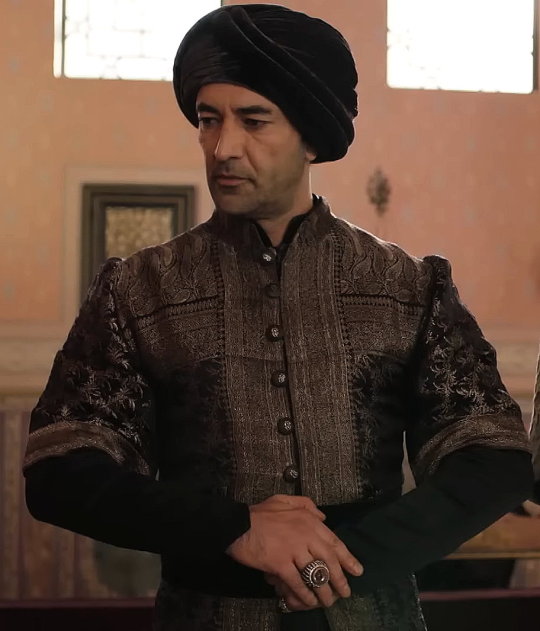
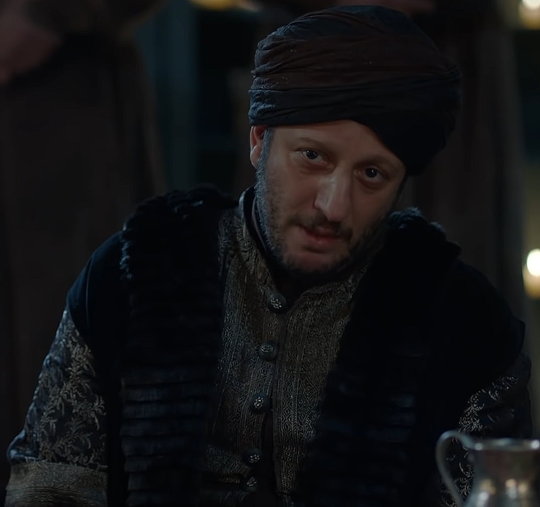
This black and golden kaftan was first worn by Pargalı İbrahim Paşa in the twenty-third episode of the second season of Magnificent Century.
The kaftan appeared twice in Magnificent Century: Kösem. It was worn by Derviş Mehmed Paşa in the twelth episode of the first season as well as by Nef'i in the nineteenth episode of the second season.
#Muhteşem Yüzyıl#Muhteşem Yüzyıl: Kösem#Magnificent Century#Magnificient Century Kösem#Magnificent Century Kosem#period drama#costume drama#historical drama#Pargalı İbrahim Paşa#Ibrahim Pasha#Derviş Mehmed Paşa#Dervish Pasha#Nef'i#Nefi#reused costumes#recycled costumes
3 notes
·
View notes
Text
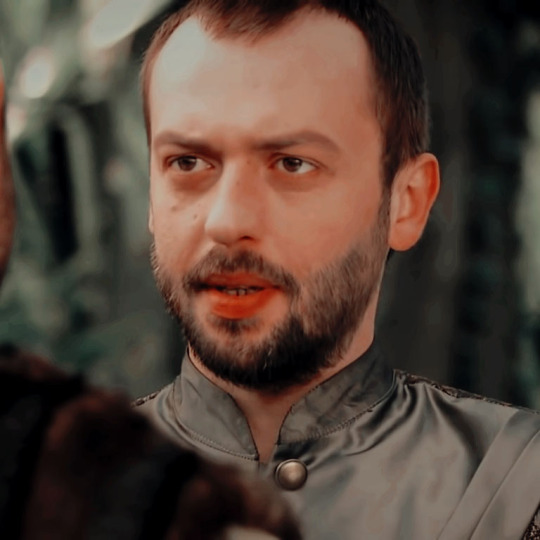




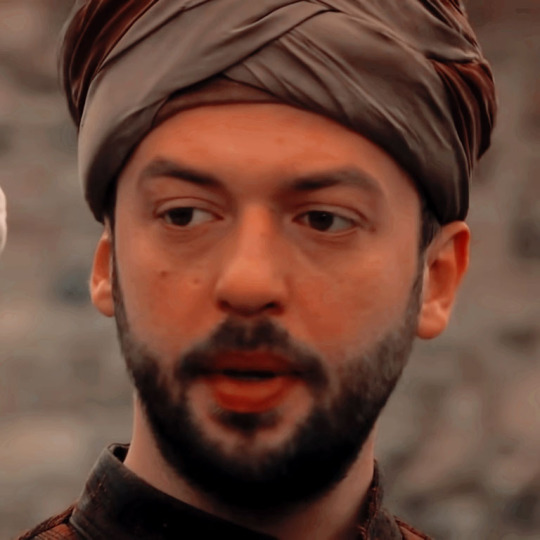



#pargalı ibrahim pasha#pargalı ibrahim pasha icons#icons with psd#psd icons#magnificent century#magnificent century icons#muhteşem yüzyıl icons#muhteşem yüzyıl#actors#actors icons#tv series#tv series icons
3 notes
·
View notes
Text

Hurrem&Ibrahim scenes (5\?)
#muhteşem yüzyıl#magnificent century#meryem uzerli#okan yalabık#period drama#period costume#hurrem sultan#hürrem sultan#ibrahim pasha#ibrahim paşa#pargalı ibrahim#historical costume#historical drama#history drama#turkish tv shows#turkish tv series
93 notes
·
View notes
Text
He is an upstart politician who was born elsewhere from the country he wants to rule. He marries into a rich family. He courts through letters and eventually marries the younger naive sister, but the older ambitious smart sister is also in love with him. He has a homoerotic relationship with one of his male friends. During his marriage he has an affair with a lowly seemingly cunning woman and this affair almost kills his career. His wife is angry but forgives him after a while, but he dies a short time after that in his forties. His quick tongue, impulsivity and ambition are his tragic flaws. He often pities himself by reminding himself of his tragic past in a monologue.
Am I talking about Alexander Hamilton from “Hamilton the Musical” or Pargalı Ibrahim Pasha from “Magnificent Century”?
#hamilton the musical#alexander hamilton#magnificent century#muhteşem yüzyıl#ibrahim pasha#ibrahim paşa
11 notes
·
View notes
Text
Pargalı İbrahim paşa gibi ne aşkı be diye bağırmak istiyorum
10 notes
·
View notes
Text
Post 9 of your favorite characters and let people guess your type.
Thank you so much @lola-andheruniverse for tagging me. It has been a while since I have done these tagging games. I missed them actually.
1. Clara Oswald / Doctor Who

2. River Song / Doctor Who
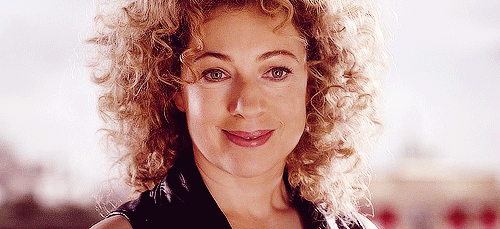
3. Dolores Abernathy / Westworld
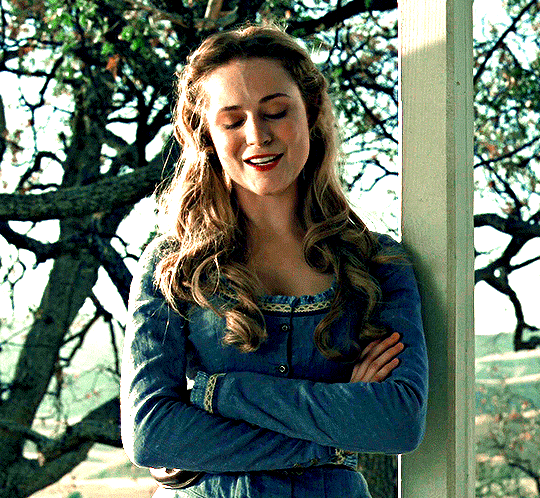
4. Pargalı İbrahim / Magnificant Century

5. Hermione Granger / Harry Potter

6. Alice / Alice in Wonderland

7. Morty / Rick and Morty

8. Kara-Starbuck / Battlestar Galactica

9. Peter Parker (Tobey’s version) / Spider-man

I am tagging @tounknowndestinations @personinthepalace @newborn-phoenix
2 notes
·
View notes
Text
disappointed and betrayed by the lack of pargalı ibrahim/sultan süleyman fanfics on ao3
8 notes
·
View notes
Link
0 notes
Text
Byzantinists in Istanbul
Patricia Blessing, ANAMED Senior Fellow (2022–2023)
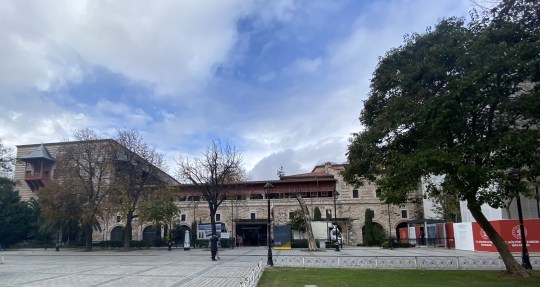
Figure 1: View of TİEM.
Today, the Byzantinist subgroup of the ANAMED fellows (which really is a loose grouping of scholars who either work on Byzantine topics or are otherwise interested in Byzantine Studies) went on a visit to the Museum of Turkish and Islamic Art (Türk ve İslam Eserleri Müzesi, hereafter TİEM).
TİEM is located on the Hippodrome, facing the Sultan Ahmed Mosque, in the İbrahim Pasha Palace (Figure 1), named thus because it was once the residence of Ottoman grand vizier Pargalı İbrahim Pasha (d. 1536). The museum is one of the locations where I have been conducting research for my project at ANAMED (Figure 2). TİEM has been in this location since 1983. Previously, since its foundation in 1914 (until 1927 under the name “Evkaf-ı İslamiye Müzesi”), it had been located in the imaret of the sixteenth-century Süleymaniye Mosque complex, as seen on the title page of a museum guide published in 1939 (Figure 3).

Figure 2: The author heading to a research appointment at TİEM in September 2022.

Figure 3: Title page of the 1939 TİEM guidebook.
Much of the collection consists of objects that were taken from former Ottoman lands or were already located in historical monuments within present-day Turkey and beyond. In the early twentieth century, in part because of increased looting to supply the European art market with Islamic objects then fashionable among collectors, objects were removed from monuments across the Ottoman Empire and put aside for the museum founded in 1914. The history of the museum is told in the catalog Türk ve İslam Eserleri Müzesi 100 Yıl Önce (Figure 4), published for the museum’s one-hundredth anniversary in 2014. The catalog shows records that document from where objects were removed at which dates, and also notes that some objects were exchanged with the collections of Topkapı Palace, which is effectively the historical art collection (containing everything from arms and armor to china and kaftans) of the Ottoman dynasty.

Figure 4: Türk ve İslam Eserleri Müzesi 100 Yıl Önce, 100 Yıl Sonra (Ankara, 2014).

Figure 5: Partial view of the room at TİEM holding Ottoman objects.
The museum is arranged partially chronologically, starting with early Islamic art, and partially by dynasties and geographies. Thus, dynasties of Iran and central Asia such as the Great Seljuks, Timurids, Safavids, and Qajars are arranged in chronological order in adjacent rooms. The exhibition culminates in two rooms dedicated to Anatolian Seljuk and Ottoman art (Figure 5), which form strong points of the collection. During our visit, we discussed different types of tile-making techniques in the Ottoman Empire, the issue of distinguishing “Byzantine” and “Islamic” ceramics in medieval Anatolia, and molded Seljuk ceramic vessels. We were also intrigued by the various types of lighting devices that were made for mosques: brass candlesticks that ranged from 25 to nearly 90 cm in height and held wax candles, transparent glass lamps with enameled and gilded decoration that held olive oil, and pierced metal lanterns are only some of the objects we saw and took as the starting point of a discussion of lighting in Byzantine and Islamic sacred buildings. Relatedly, the large carpet collection led to questions on the isolation and heating of rooms—in the İbrahim Pasha Palace, large fireplaces would have helped with heating and could have been the source for gleaming coals to be placed in portable braziers (Figure 6). Bidding farewell to the resident cats (Figure 7), we then went on to visits of the Cistern of Philoxenos (Binbirdirek Sarnıcı) and Topkapı Palace.

Figure 6: A fireplace in the İbrahim Pasha Palace.
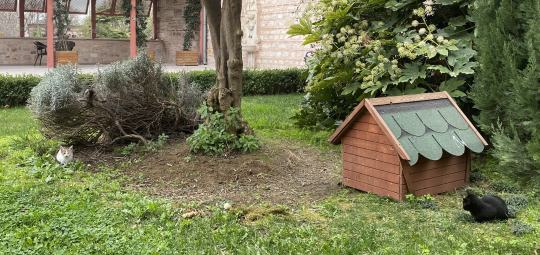
Figure 7: The youngest members of TİEM’s crew of resident cats.
0 notes
Text
I think this qualifies for a decent summary of the harem plotlines so far in this show.

#magnificent century#muhteşem yüzyıl#hürrem#hürrem sultan#mahidevran#mahidevran sultan#valide sultan#lady daye#ibrahim pargalı#ibrahim#gülnihal
24 notes
·
View notes
Text




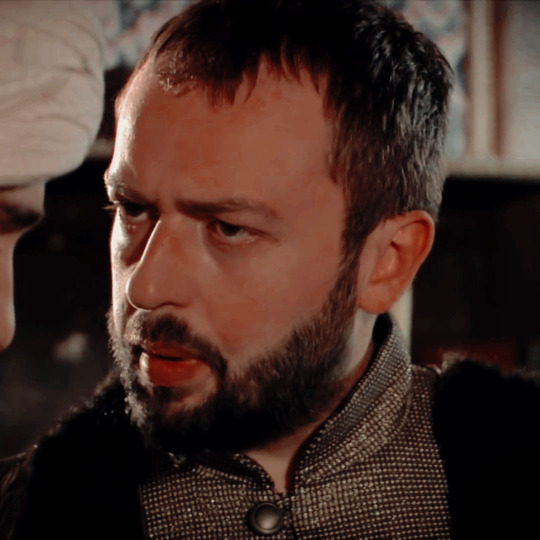
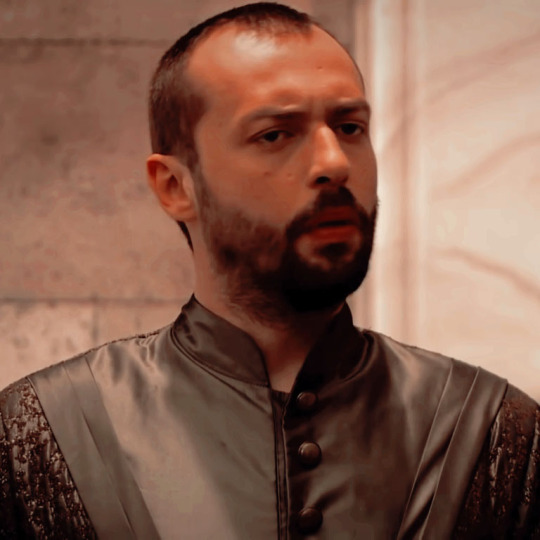
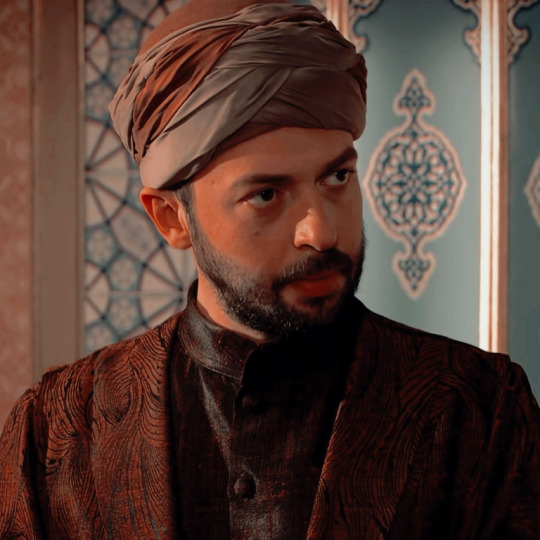


#okan yalabik#icons with psd#psd icons#pargalı ibrahim pasha#tv series#tv series icons#magnificent century#magnificent century icons#muhteşem yüzyıl icons#muhteşem yüzyıl#actors#actors icons
2 notes
·
View notes
Text
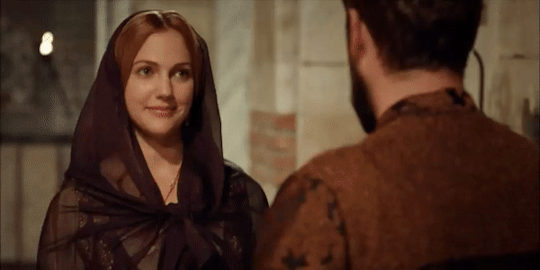
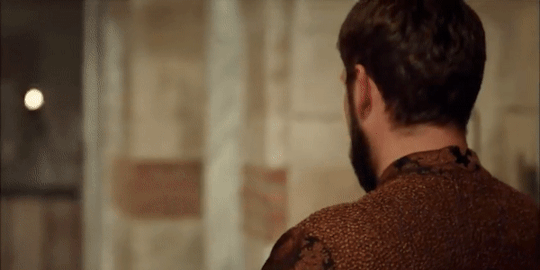
Hurrem&Ibrahim secenes (6/?)
#historical costume#historical drama#ibrahim pasha#ibrahim paşa#magnificent century#muhteşem yüzyıl#okan yalabık#pargalı ibrahim#period drama#history drama#hurrem sultan#meryem uzerli
53 notes
·
View notes
Photo

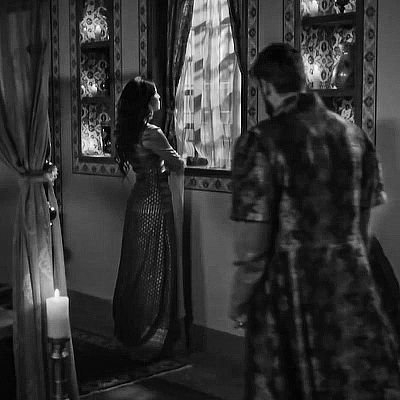


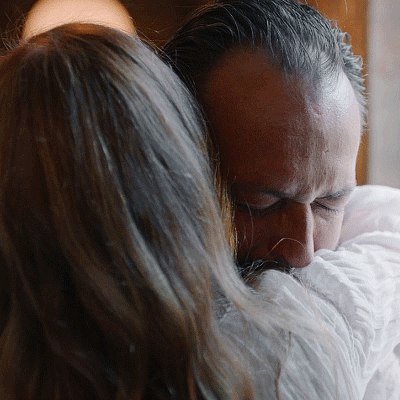

Guess who watched season 4 of Hakan: Muhafız and can't stop thinking about how lovely would it be to vid the same OCs once again.
#Okan Yalabık#Selma Ergeç#Okan Yalabik#Selma Ergec#Hakan: Muhafız#Camdaki Kiz#Muhteşem Yüzyıl#Yaşamayanlar#The Protector#Magnificent Century#Faysal Erdem#Pargalı İbrahim Paşa#Hatice Sultan#original characters#OCs#crossover#AU#my gifs#putting fandom tags here for search purposes#barely endured that s04#and only have the slightest idea what Camdaki Kiz is about#but look they're a perfect match again!
57 notes
·
View notes
Text
“Nigar’s character is divided into two sections: Before Pargalı and after Pargalı. I like the former”.
(And this is said by a HUGE Ibrahim fan, funnily enough).
That’s NOT newsworthy. Everyone and their grandmother loves the “Before Pargalı” Nigar. She is written to be almost impossible to dislike. If you start to legitimately dislike her as soon as she gets a personal motivation of any kind (and one that touches your fave’s storyline too) then you simply dislike her.
Disliking the Season 3 Nigar is one thing, that’s very understandable. But if you dislike Nigar as soon as she starts to make eyes at Ibrahim, then you haven’t liked her.
8 notes
·
View notes
